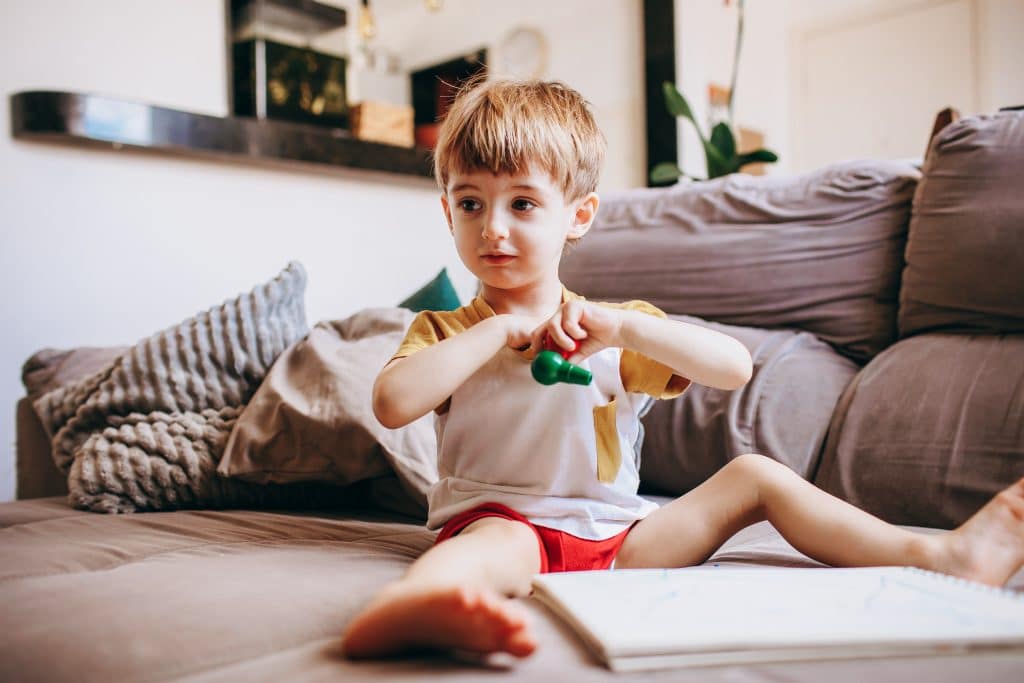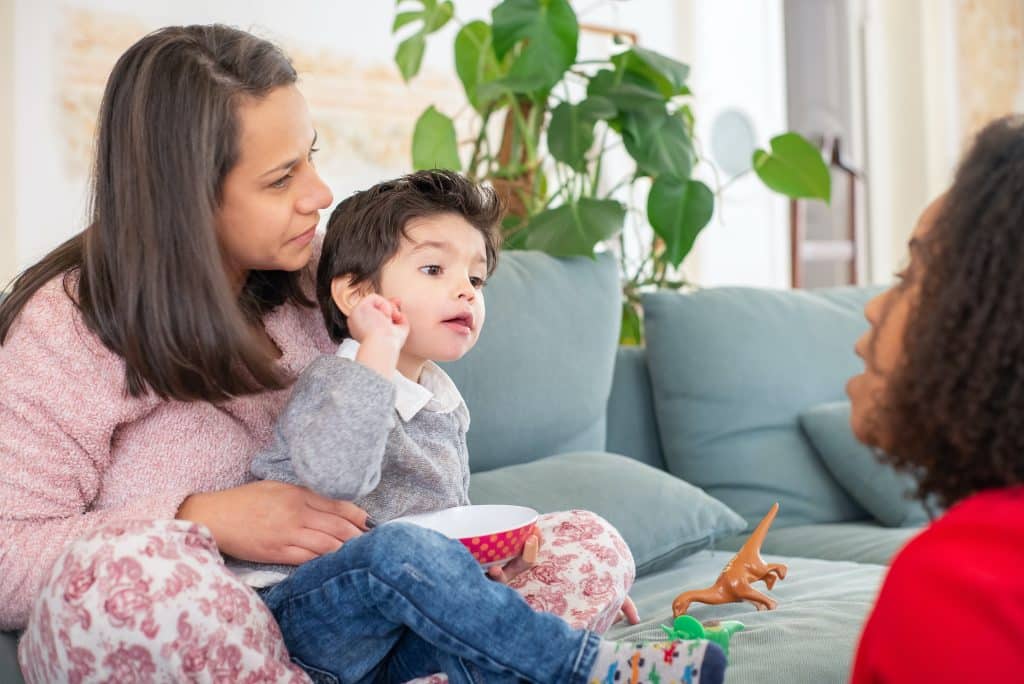Supporting a hyposensitive child can be a challenging journey, but with the right tools and strategies, you can make a significant difference in their lives. In this guide, we’ll provide you with practical steps to help your child develop their sensory processing, improve focus, and enhance overall well-being. So, let’s get started on this rewarding path together.
Table of Contents
Step 1: Understand Your Child’s Sensory Needs
First and foremost, it’s essential to comprehend your hyposensitive child’s sensory needs. These kids may seek more intense sensory input, such as touch, sound, or movement, to feel engaged and comfortable. Observing your child’s behavior and taking note of their preferences will help you create a tailored approach to support their sensory development.
- Pay attention to their reactions to different textures, sounds, and smells
- Notice if they prefer certain types of sensory input over others
- Keep a journal to track patterns and changes in their sensory preferences
Step 2: Create a Sensory-Rich Environment
To help your hyposensitive child, create an environment filled with diverse sensory experiences. Introduce various textures, sounds, and scents into their daily routine. This will encourage exploration and engagement, helping them develop their sensory processing skills.

Read more: Does My Child Have Sensory Issues?
Consider adding sensory toys and tools, such as:
- Fidget spinners
- Weighted blankets
- Trampolines
- Textured pillows or rugs
These items can be especially helpful when using a Goally learning tablet, as they can complement the engaging activities and apps designed for neurodivergent kids.
Step 3: Establish a Sensory Diet
A sensory diet is a personalized plan that incorporates sensory activities throughout the day. This can help your hyposensitive child find balance and self-regulation. Work with an occupational therapist or use resources from Goally to create a sensory diet tailored to your child’s needs and preferences.
| Activity | Benefits |
|---|---|
| Deep pressure activities (e.g., bear hugs, joint compressions) | Provide calming input |
| Movement-based exercises (e.g., swinging, jumping) | Improve focus and self-regulation |
Read More: What is a Sensory Diet?
Step 4: Encourage Social Interaction
Hyposensitive kids may struggle with social cues and communication. Therefore, it’s crucial to promote social interaction. Enroll them in group activities, such as sports or clubs, where they can practice their social skills.
Read more: What is Hyposensitive Sensory Processing Disorder?
Furthermore, engage in role-playing games or use social stories to teach appropriate behaviors and responses. Goally offers apps and activities designed to help kids with thinking and learning differences develop their social skills in a fun and engaging way.
Step 5: Collaborate with Professionals
Engaging with professionals like occupational therapists or special education teachers can benefit your hyposensitive child. They offer crucial knowledge, tactics, and tools to assist your child’s sensory development and overall health.
Don’t hesitate to reach out to professionals and ask for guidance. They can help you navigate the challenges and celebrate the successes along the way.
Goally | The Safest Tablet for Kids

Step 6: Foster Open Communication
Above all, maintain open communication with your child. Encourage them to express their feelings, needs, and preferences. Be receptive to their feedback and adjust your approach accordingly. This mutual understanding will strengthen your bond and help your child feel supported.
Using tools like the Goally learning tablet can also facilitate communication and help your child express themselves more effectively.
Step 7: Be Patient and Persistent
Lastly, remember that progress takes time. Be patient and consistent in implementing these strategies. Celebrate small victories and continue to adapt your approach as your child grows and develops.
Goally | Apps To Support Child Development
Looking for fun ways to help your child learn life skills? Try Goally! The Goally tablet comes with award-winning learning apps and video classes to help kids develop the skills they need to become independent with FUN & evidence-based practices.

Our apps teach executive function, language, emotional regulation, finger dexterity skills, and more.
As your child develops new skills, you can increase the difficulty level of the tasks in the app to challenge and motivate them even further. This helps your child grow and progress at their own pace, while also keeping them engaged and excited about their development.

Empowering Your Hyposensitive Child
In summary, supporting a hyposensitive child involves understanding their sensory needs, creating a sensory-rich environment, and fostering social interaction. By following these steps, collaborating with professionals, and utilizing tools like Goally, you can help your child thrive and reach their full potential. Remember, patience and persistence are key, so embrace the journey and celebrate each milestone along the way.
FAQ’s About Hyposensitive child
What does it mean for a child to be hyposensitive?
A hyposensitive child has a high threshold for sensory input and may seem oblivious to sensations that most people would notice.
What are some signs of hyposensitivity in children?
Signs include constantly touching objects/people, hard grip, chewing on objects, risk-taking behaviors, and appearing lethargic.
How does hyposensitivity differ from hypersensitivity?
Hypersensitive children are overly sensitive to sensory input, while hyposensitive children crave and seek out more intense sensations.
Is hyposensitivity linked to any conditions?
Hyposensitivity is common in children with autism spectrum disorder, ADHD, and sensory processing disorders.
What strategies can help manage hyposensitivity in kids?
Providing deep pressure input, chewy/crunchy snacks, movement breaks, and a safe sensory diet can be beneficial.
This post was originally published on 05/18/2023. It was updated on 05/06/2024.

Goally
We help parents teach their kids life skills, like doing bedtime and morning independently. Backed by science, we incorporate evidence-based practices and expert-informed designs in all of our apps and content.






